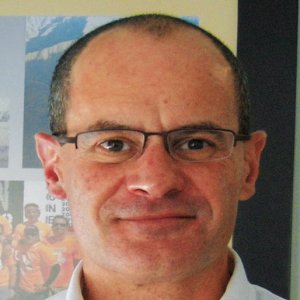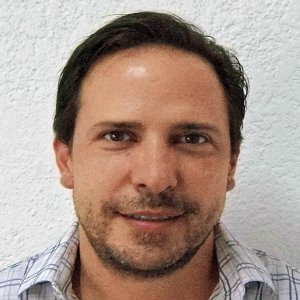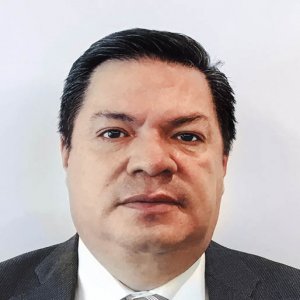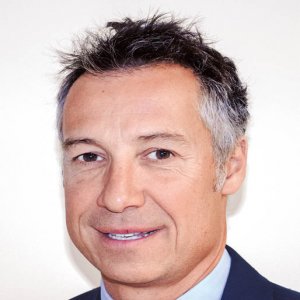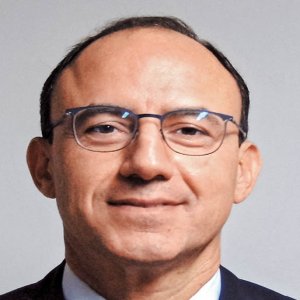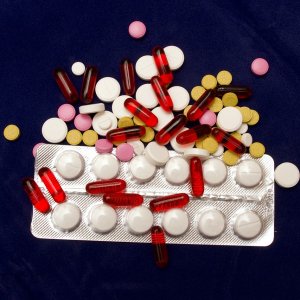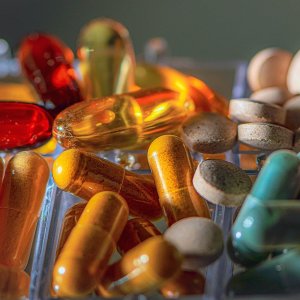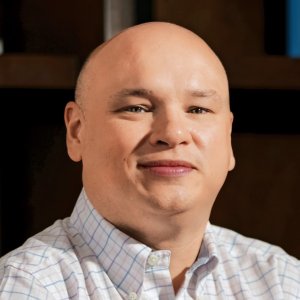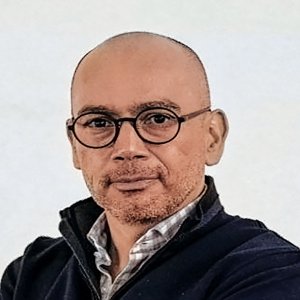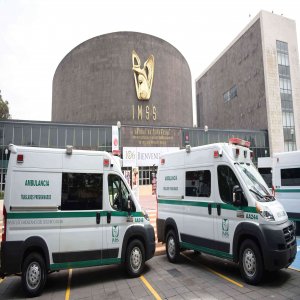Build Generically First then Establish Brands

STORY INLINE POST
Q: What is Wockhardt’s main area of focus for new products?
A: Wockhardt Latin America and especially our branch in Mexico is focused on three big areas: diabetes, CNS and antibiotics. Last year we launched two drugs for diabetes: human recombinant insulin and oral anti-diabetics. For CNS, we developed a product for epilepsy, which in Mexico is increasing by 12-14 percent each year, and released a product for depression. The third area is antibiotics. Wockhardt performs clinical R&D of new chemical entities and we have at least nine of these developed at our sites in India, Europe and the US, where we have at least two products in phase III. The others are in phase I and II but with a really good performance, so they will probably be released in 2020 or 2022. We are now launching three generic antibiotics. We want to first build our base with generics and then establish our own products in the market.
Q: Is there still resistance to generics in Mexico or are they now accepted by consumers?
A: The market penetration for generics is increasing as more people make their own purchasing decisions. Pharmacists can let customers choose between a brand and a generic. People are selecting the generic because of the price but in the generic market there are three differentiation points: price, quality and efficacy. These are fulfilled in the Mexican market, which gives people the perception generics are as good as branded medicine.
Q: To what extent do you participate in government tenders?
A: For many national companies, especially those focused on generics, the tender market is where most of the opportunities are but at Wockhardt we are focused on the private and semi- private sectors. Tenders might give the perception that the government is the biggest market but we need to realize that most of the money is in the private sector. Most of us will never go to an IMSS hospital. We prefer to go to a private hospital, which means that private insurance policies are increasing and are becoming a benefit some companies provide to their employees in Mexico. In fact, IMSS is looking to apply an integral model wherein private clinics participate because it is spending too much on diabetes, cancer, CNS and other chronic diseases.
This is the next step for the healthcare system, to look at privatization or semi-privatization for the most concerning diseases. Patients who need dialysis and hemodialysis consume 45 percent of IMSS resources and they are a very small population. Two million to three million require dialysis, whereas the remaining 45 million IMSS beneficiaries require other services. We want to reach the private market because there we can promote the new model of doctor’s offices in pharmacies that many prefer because it is cheap, fast and closer to the pharmacy.
Q: In 2015 the private market accounted for 40 percent of Wockhardt’s business. How did this evolve during 2016?
A: Now it is more. In 2013, when I started operations in Mexico, the government market was 70 percent of our sales and private market sales were 30 percent. This number has changed over the years and in 2016, 60 percent was private and 40 percent government. We made this change because the government has an issue with payments, so for us it was better to secure our income through these sales.
Q: What security measures do you use to protect the chain of custody?
A: In the pharmaceutical industry, we must be as vigilant as banks. It is important to assure that those who buy products get originals, so we take protective measures with tablet packaging. We put the batch number and expiration date on a special foil. Also, we apply a hologram in the middle and we want to put a QR code on the boxes so when the patients scan it with their phone, the doctor’s name and dose should appear. These tools are important because without them there is a risk of medicine ending up on the black market. The authorities do nothing about it. This personal approach is important in areas like diabetes because you need to handle insulin carefully. A bigger dose can put the patient in a coma and a smaller dose can cause a diabetic shock. We are trying to move to personalized service and sell to patients directly.
Q: How can you sell directly to the customer?
A: To do that, it is necessary to create a relationship between specialized centers and the patient, and to use an app that can provide client information. If government tenders become a system where patients are referred to associations or clinics, it is possible to provide a personalized service through a database.
Q: What time frame are you considering for this innovation?
A: This is going to take three or four years to develop. An example of this is the Mexican antidiabetic center in Guadalajara, which is the government’s first attempt at a semi-private service. The government referred at least 30,000 patients to the center for integral diabetes treatment. Patients consult with a physician, nutritionist and physiologist and the medicines are paid for by Seguro Popular. This is a model the government wants to scale up across other states early next year.
Q: What expansion plans are in Wockhardt’s future?
A: Wockhardt’s expansion in Latin America started in 2014. Today, besides Mexico, we have an office in Brazil and are looking to open one in 2017 in Colombia. These will be our three LATAM offices, because those are three big countries in the pharmaceutical industry. From Colombia we can handle the Andes region, Ecuador, Peru and Venezuela; from Brazil we reach Uruguay, Argentina, Paraguay and Chile and from here we control Mexico and Central America. We have many customers and partnerships in these countries, all focused on diabetes, CNS and antibiotics.
Q: How does having a COFEPRIS authorization for your plant help you expand?
A: Definitely. Having authorizations in big countries like Brazil, Mexico and Colombia helps because COFEPRIS, the National Agency of Sanitary Vigilance (ANVISA) and the National Institute of Medicine and Food Vigilance (INVIMA) are ministerial authorities, which the rest of the region is looking for best practices.
Q: What new products do you have in the pipeline?
A: This year we are launching a generic insulin drug, glargine, to treat diabetes. It is long-acting and gives the patient better control of the treatment because it provides them a 24-hour insulin dose in one shot, eliminating the need for two or three shots per day. We are trying to improve the performance of the drugs and control of the disease.
The company will introduce another four generic antibiotics and is looking forward to developing a clinical trial for two new chemical entities at a nutrition institution and an IMSS hospital. As for CNS, we will try to register more drugs in the epilepsy and depression segments.
